The Petrel is actually a group that includes a number of different types of seabirds. Researchers divide these birds into three different families, one of which they share with shearwaters.
There are Petrels in the Procellariidae family, the Hydrobatidae family, and the Oceanitidae family. For our purposes, this article will focus primarily on the Petrels on the Procellariidae family. Read on to learn about the Petrel.
Description of the Petrel
These creatures vary greatly in appearance. Some species are solid and uniform in color, while others have mottled plumage, or feathers. There are a variety of colors, including black, gray, beige, white, and any combination of these.
Their beaks are moderately long and hooked sharply at the end. Some species grow over 3.25 ft. long, and weigh up to 18 lbs. or so.
Interesting Facts About the Petrel
There are many different species of Petrel, and they are all slightly different in appearance and behavior. Learn more about a select few species below.
- Southern Giant Petrel – These birds garnered a particularly foul set of nicknames, including “stinkpot” and “stinker.” Those names stem undoubtedly from their foul-smelling defensive mechanism. When threatened, Southern Giants, among other species, spit stomach juices at the assailant.
- Snow Petrel – Snow Petrels are bright white birds that live in Antarctica. Their white plumage matches nicely with the snows in their habitat, giving them perfect camouflage. This species sometimes roams all the way to the South Pole.
- Blue Petrel – These birds have uniquely colored blue-gray feathers. The feathers form a slightly “M” shaped pattern on their back. The entire population of Blues breeds in just six massive colonies.
- Hawaiian Petrel – This endangered species lives only in Hawaii. They used to live on nearly every Hawaiian island, but humans have sadly wiped them out in much of their former range. This species prefers to nest in burrows underground.
Habitat of the Petrel
These birds live in somewhat varied habitats depending on the species. Many spend most of their lives out on the open ocean or hunting near coastal waters or around islands.
The temperature regions vary between the extremes. Some species live only in tropical oceans near small islands, while others live in frigid Antarctic or Arctic waters.
Distribution of the Petrel
Across the variety of species, these birds live virtually worldwide. Different species live throughout the Northern and Southern Hemispheres, as well as the tropical regions.
Each species is different, and has its own unique range. Some species live only in a single small area, or even on a single island or island chain. Other species span across entire oceans and regions.
Diet of the Petrel
These seabirds have decently more varied diets than some other seabirds. Outside of the breeding season they feed primarily on fish, squid, octopus, krill, shrimp, and more. Some species feed heavily on a single type of food, like squid.
Some of the larger species, like the Giants, also hunt for other creatures and eat carrion. They eat carcasses of seals and other marine mammals. Some even hunt the eggs and chicks of other seabirds.
Petrel and Human Interaction
With such a huge variety of species, these birds interact with humans in many different ways. Sadly, humans typically come out with the upper hand. Humans hunt and kill them for food, feathers, and sometimes just for fun.
People also target their breeding colonies, taking eggs, chicks, and adult birds. Feral animals, like cats and rats, often kill chicks in large numbers. The impact of these interactions varies from species to species.
Domestication
Humans have not domesticated these birds in any way.
Does the Petrel Make a Good Pet
No, Petrels do not make good pets. It is illegal in most places to own one as a pet. Additionally, because they eat seafood, their feces is incredibly foul. Not to mention their smelly, stomach acid spitting defensive behavior. Just all around a bad idea…
Petrel Care
There are many different species of this bird, and the specific care needs of each vary slightly. Obviously larger species need large enclosures to fly in, though smaller species still need plenty of flying room.
Their enclosures must have a large water source as well. Depending on the species, sometimes zoos can keep these birds with other species of seabirds. Zookeepers feed them a variety of fish, squid, krill, and other seafood.
Behavior of the Petrel
Each species is different, but the vast majority are social birds. They live in flocks, and congregate into larger colonies while breeding. Outside of the breeding season, they fly over open ocean or close to coasts and islands in search of food. While they are at their breeding colonies, most fish in relatively close range to their colonies.
Reproduction of the Petrel
There are simply too many different species of these birds to generalize their breeding habits. Each species incubates their egg or eggs for different periods of time. Consequently, different species fledge at different rates as well. As a whole, the various species all come together into large colonies to reproduce.

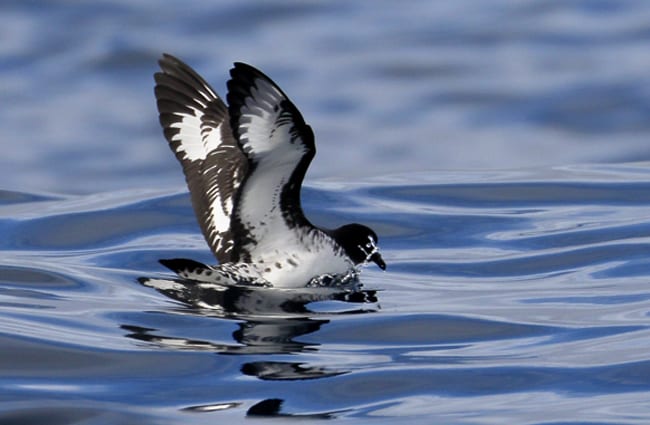

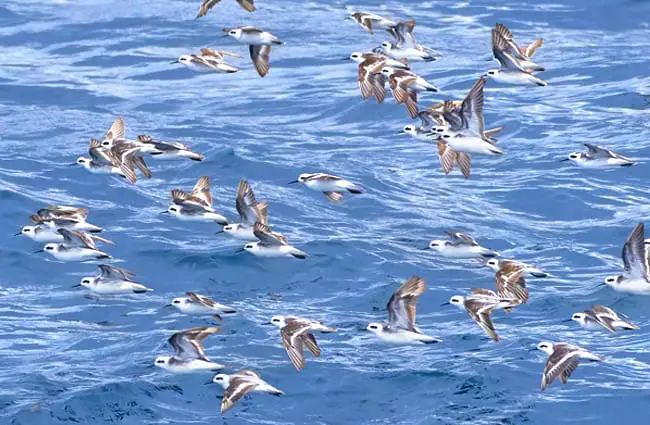
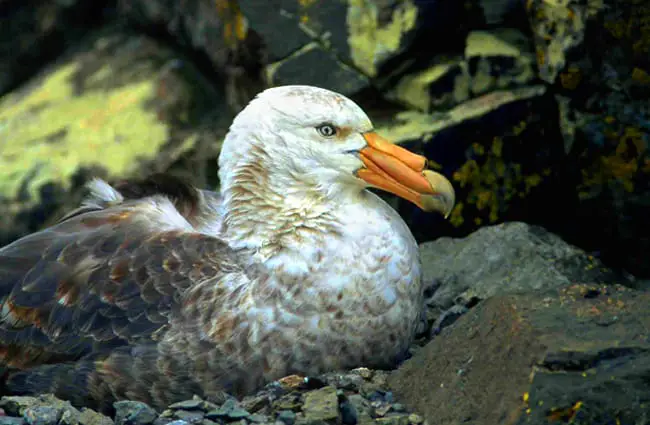
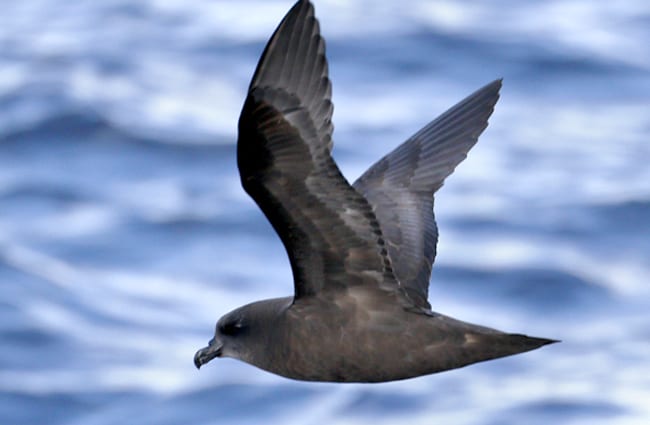
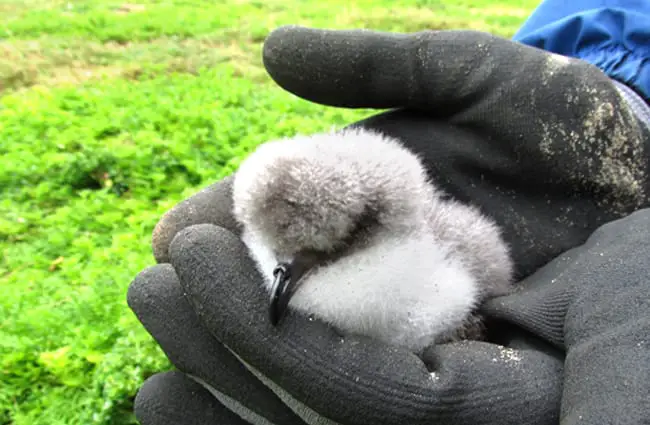
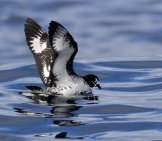



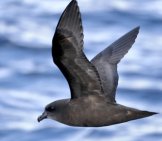
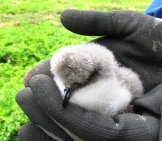
![Red Angus Closeup of a beautiful Red Angus cowPhoto by: U.S. Department of Agriculture [pubic domain]https://creativecommons.org/licenses/by/2.0/](https://animals.net/wp-content/uploads/2020/03/Red-Angus-4-238x178.jpg)












![Red Angus Closeup of a beautiful Red Angus cowPhoto by: U.S. Department of Agriculture [pubic domain]https://creativecommons.org/licenses/by/2.0/](https://animals.net/wp-content/uploads/2020/03/Red-Angus-4-100x75.jpg)

